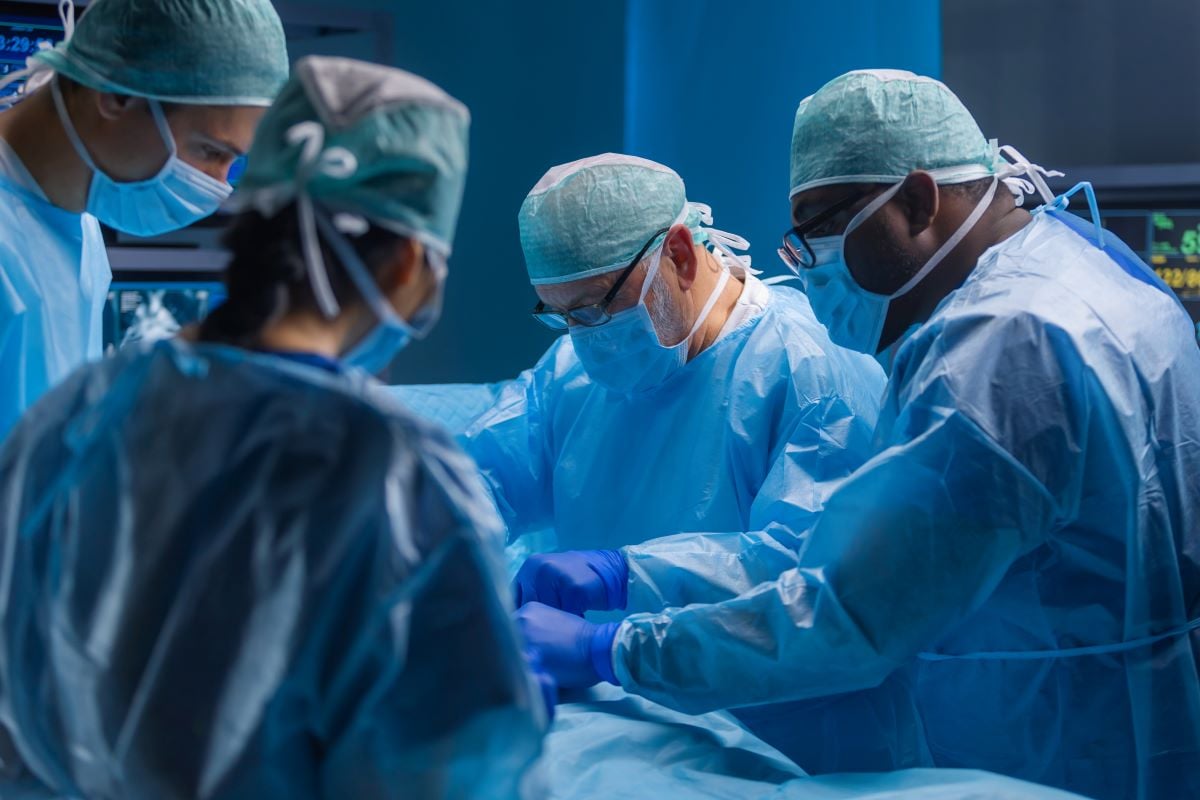
There have been 50 face transplants performed in 11 countries since the surgery was pioneered back in 2005, and long-term outcomes have been favorable, a new review finds.
In total, 85% of people receiving these complex surgeries survived five years and 74% were still alive a decade after transplant completion, researchers report.
When the numbers focused on deaths linked to the transplants per se, five- and ten-year survival rose to 96% and 83%, respectively.
That’s significantly better than survival for other types of transplant, said the team of Finnish researchers. For example, at 10 years post-surgery, survival for liver transplants reaches 61% and for heart transplants the number is 65%, they noted.
“The first 50 face transplants in the world during a period of 18 years demonstrate a promising survival rate of the grafts, exceeding several solid organ transplants,” concluded a team led by Dr. Pauliina Homsy, from the department of plastic surgery at the University of Helsinki.
Her team published their report Sept. 18 in the journal JAMA Surgery.
Homsy’s team collected data on all 50 face transplants conducted in 48 patients, carried out at 18 centers in 11 countries. Two of the patients required a second transplant, which in each case proved successful, the researchers noted.
Nineteen patients were operated on in North America (18 in the United States), 29 in Europe, 1 in China and 1 in Russia, the review found.
Most (81%) of patients were male. In 58% of cases, some kind of injury/trauma resulted in disfigurement that necessitated the face transplant. Burns were the cause of another 22% of face transplants.
In 52% of cases, a full-face transplant was required and in 48% the transplant restored only a part of the face.
As with every transplant, the body’s immune system can attack the new tissue, and patients often must take anti-rejection medicines long-term.
Among the six face transplants deemed to have failed (over an average of about nine years of follow-up), immune system rejection was to blame in four cases.
Homsy’s team stressed there’s been a lack of research into other outcomes. Those outcomes include how well the new face might function over time; whether there are long-term risks for illness (such as heart disease, diabetes or cancer) and the mental health implications of navigating the world with a new face.
Drs. Kristen Stephen and Scott Hollenbeck, plastic surgeons at the University of Virginia in Charlottesville, wrote a editorial accompanying the new review.
They note that the world’s first face transplant was performed in 2005 in France, after a 46-year-old woman living in Lyon was severely injured in a dog attack.
Surgeons “re-established” her nose and mouth, which had been lost to the attack, and the patient went on to recover. She died in 2016 from lung cancer.
“The Lyon patient’s remarkable recovery showcased the potential for restoring both form and function through such transplants,” the experts said.
Face transplants have only gained in sophistication since then, Stephen and Hollenbeck noted.
“Most of these patients initially sustained a catastrophic trauma and have exhausted traditional reconstructive options,” they wrote. “As this specialty has evolved, more patients have received bone constructs and larger skin surfaces within their transplants.”
Indeed, there’s been a kind of “global learning curve for face transplant,” they say, with survival improving across all centers where these delicate operations are performed.
But the two experts also point to one barrier: The cost of these very expensive surgeries and their follow-up. They note that after a peak in facial transplants in 2011-2014, their numbers have dropped.
“In an era of value-based care and cost containment, starting or maintaining” programs that include face transplants is a challenge for many hospitals, Stephen and Hollenbeck concluded.
More information
Find out more about face transplants at Johns Hopkins Medicine.
SOURCE: JAMA Surgery, Sept. 18, 2024
Source: HealthDay
Copyright © 2024 HealthDay. All rights reserved.

Leave a Reply